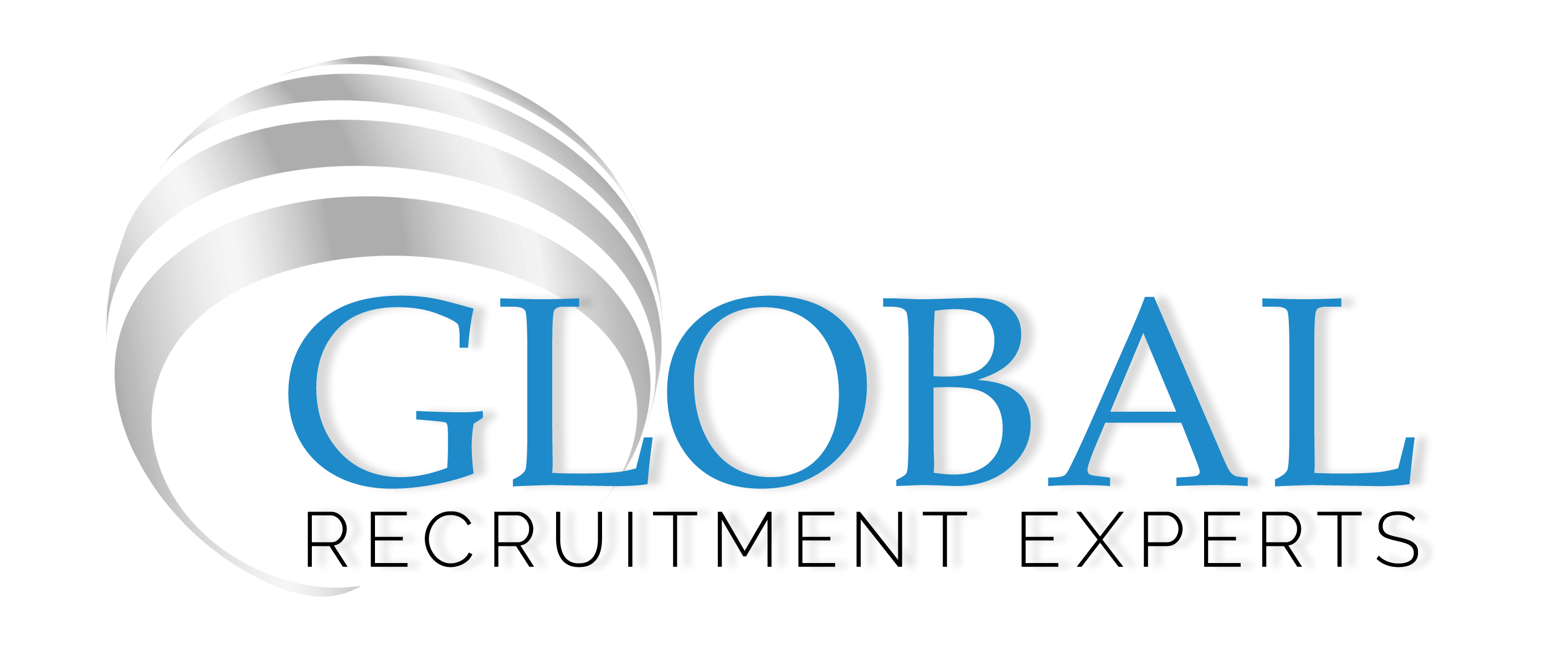5 Common Mistakes Companies Make When Hiring Engineers Overseas
A single hiring mistake in international engineering recruitment can delay projects by 4-6 months and cost companies $50,000+ in lost productivity. Yet 73% of companies making their first overseas engineering hires fall into predictable traps that experienced recruiters see repeatedly.
From automation specialists in Germany to renewable energy engineers in Singapore, the global demand for technical talent has never been higher. But the companies that succeed in international engineering recruitment aren’t just the ones with the biggest budgets—they’re the ones who understand that cross-border hiring is a specialized discipline with its own rules.
Here are the five most costly mistakes that can derail your international engineering recruitment, and how to avoid them.
1. Assuming Local Hiring Practices Apply Everywhere
What works in your home market can create legal nightmares or operational chaos overseas. Nothing derails executive confidence faster than explaining why your “guaranteed” engineering hire just walked away due to a cultural misunderstanding.
Real-world impact:
- In Germany, senior engineers require 3-6 month notice periods—not the 2-4 weeks common in North America
- In the UAE, employment contracts require Ministry of Labour approval, adding 2-3 weeks to onboarding
- In Japan, job titles carry deep cultural significance—hiring a “Senior Engineer” when you need a “Principal Engineer” can signal disrespect and torpedo negotiations
The hidden costs: Failed negotiations waste an average of 45 days of recruitment time, while compliance violations can trigger government audits that suspend hiring for months.
Strategic solution: Localize your entire hiring process from day one. This means adapting job descriptions, interview processes, offer structures, and onboarding timelines to match local expectations and legal requirements.
2. Overlooking Licensing and Certification Requirements
Discovering that your new hire can’t legally work or sign off on regulated projects is every engineering manager’s nightmare—especially when project deadlines are already tight.
The certification maze:
- Structural engineers in Canada need P.Eng certification to approve building plans
- Electrical engineers in Australia require registration with Engineers Australia for infrastructure projects
- Chemical engineers in the EU need REACH compliance certification for certain industrial processes
Timeline reality: Professional certification recognition typically takes 3-6 months, while emergency applications can cost 2-3x normal fees and still take 8-12 weeks.
Cost of delay: Certification delays push project costs 15-30% over budget due to extended timelines and resource reallocation.
Strategic solution: Specialized cross-border engineering staffing partners validate certifications during initial screening, not after offers are made. They maintain databases of recognition requirements and can flag potential issues before they become project blockers.
3. Underestimating Visa and Relocation Timelines
If your hiring plan assumes a 30-day start date, you’re setting yourself up for failure. International engineering recruitment operates on government timelines, not project deadlines.
Reality check – typical processing times:
- US H-1B processing: 3-8 months (longer during cap season)
- UK Skilled Worker visa: 8-12 weeks from application
- Australian skilled migration: 4-9 months depending on occupation
- Canadian Express Entry: 6-12 months for permanent residence
The relocation reality: Relocation doesn’t end with a visa—it includes housing, schools, tax planning, and spousal support. Skip it, and you’ll lose hires fast.
Budget impact: Visa delays push project costs 15-30% over budget due to extended contractor rates, overtime expenses, and delayed deliverables.
Strategic solution: Build 90-150 day hiring timelines and work with multinational engineering recruitment partners who provide end-to-end immigration and mobility support. Factor relocation complexity into project planning from the start.
4. Ignoring Cultural and Operational Fit
Technical skills get engineers hired, but cultural misalignment gets them fired. A candidate may look perfect on paper but struggle in practice due to workstyle and communication differences.
Cultural engineering challenges:
- Hierarchy expectations: Engineers from traditional hierarchical cultures may struggle in flat, collaborative environments
- Communication styles: Direct feedback cultures vs. indirect, relationship-focused approaches
- Risk tolerance: Some engineering cultures prioritize thorough planning; others value rapid iteration and acceptable risk
The performance gap: Misaligned hires show 40% lower productivity in their first year and are 60% more likely to leave within 18 months, creating a cycle of costly replacement hiring.
Strategic solution: Comprehensive cultural vetting goes beyond language skills. It evaluates team compatibility, adaptability to different management styles, and comfort with your company’s risk tolerance and decision-making processes.
5. Using Generalist Recruiters for Specialized Engineering Roles
Hiring engineers isn’t like hiring administrative staff. It’s technical, market-sensitive, and time-critical. Generalist firms often lack the networks and expertise to find specialized engineers quickly, especially across borders.
The generalist gap:
- Limited networks: No access to passive candidates in niche engineering disciplines
- Technical blind spots: Can’t properly evaluate specialized skills or identify red flags
- Market ignorance: Don’t understand salary benchmarks, visa requirements, or cultural nuances
- Speed issues: Longer sourcing times mean top candidates are already placed elsewhere
Cost of delays: Generalist recruiters add 40% more time to filling engineering roles and drive salaries 15-25% higher due to limited candidate options and poor market timing.
Strategic solution: International technical recruitment specialists maintain pre-qualified talent pools, understand technical requirements, and have established relationships with visa specialists and relocation services. They reduce both time-to-hire and overall recruitment costs.
International Engineering Recruitment: A Strategic Imperative
Each of these mistakes drains time, budget, and credibility with stakeholders. More importantly, they can derail critical projects and damage your reputation in competitive international markets.
Companies that approach global engineering headhunting strategically—partnering with specialized agencies and planning for complexity—gain access to the global technical workforce they need to scale, while avoiding the costly mistakes that trip up their competitors.
The bottom line: Hiring skilled engineers overseas requires specialized expertise, not just good intentions. The companies that recognize this early gain a significant advantage in the global talent market.
Ready to hire global engineering talent without the costly mistakes? Our specialized team eliminates these risks before they impact your timeline. Explore our Engineering & Manufacturing Recruitment Services to see how we deliver global talent—on time and fully compliant.

